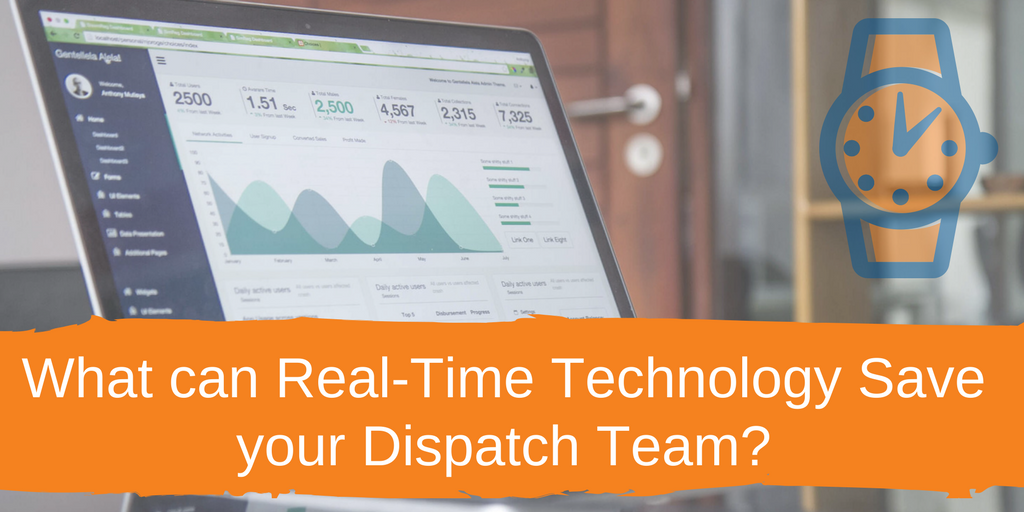
Dispatchers are the behind-the-scenes heroes of the trucking industry. Yet these individuals get the most grief from drivers and customers alike when deliveries are not made on time. While most obstacles of deliveries, such as bad weather or road construction, are often out of the dispatcher’s control, it remains the dispatcher’s role to make the delivery happen as requested no matter what their drivers face. Enter the possibilities of real-time technology. Managing a trucking fleet with flexible, real-time technology optimizes your dispatch team’s ability to get freight delivered on time, every time. Consider the benefits of real-time technology for your dispatch team on a day-to-day basis, as well as for overall improvements to your trucking logistics.
The Main Goals for Dispatchers
A primary benefit of real-time, intelligent technology is cutting back on the amount of manual input required by your dispatchers each and every day. By moving away from manual dispatching your crew can save time and reduce user error when sending out freight loads to drivers. Dispatchers can also plan for multiple stops, as well as determining the fastest routes for drivers. Automation also improves fleet economy, while allowing your company to capitalize on truck back hauls so to reduce detention time and expenses.
How can Vertrax technologies help your dispatch team? Watch our video.
Trucking Office Organization
By reducing the amount of work each of these logistics tasks take a dispatch team, automated software is an improvement for organization. Everyone is using the same system via the automated program, which makes it easier for dispatchers to pick up where other dispatchers have left off. This type of technology also makes data collection and analyzing super simple:
- Dispatchers can access spreadsheets and scheduling algorithms when inputting work orders.
- Using formulas and algorithms allows dispatchers to eliminate the time spent on manual entry.
All of the data collected in the automated system is then stored as big data, which is ideal for evaluating trucking dispatch practices. This data gives your trucking company the information needed to improve dispatching methods.
Customer Service Perks
As your dispatchers are typically the front lines for customers connecting with the trucking fleet, it is paramount to give these employees an efficient way to track loads and organize freight services. As noted by the Commercial Carrier Journal using automation ensures dispatchers have everything they need to assist customers or drivers when they call in for information. From being able to track a truck or load to having all of the details about an order in one place, automation brings it all together. Your dispatchers will be confident with providing customer service. Additionally, with automation there is less of a chance to make mistakes when accessing load information.
Dispatcher Job Satisfaction
According to a study at Oregon State University a dispatch system that is automated using technology improves transport, while reducing the impact on drivers. The study shows that automated systems cut driver trip times by two-thirds, which means these drivers are able to return home more quickly between loads. When truck drivers are able to do their jobs without a struggle or hardship, they are less likely to call in and complain to the dispatch team. As a result, the relationship between dispatchers and drivers improves.
This is just one more aspect of reducing truck driver turnover and the trucker shortage problem in the US. After all, when drivers and dispatchers are able to work more efficiently, allowing drivers to deliver loads more quickly, these two groups will have less friction and strife. Considering that the majority of truck drivers have issues with dispatchers due to route problems, delivery issues, and a lack of information, automation is a shoe-in for solving this employee relations problem.

